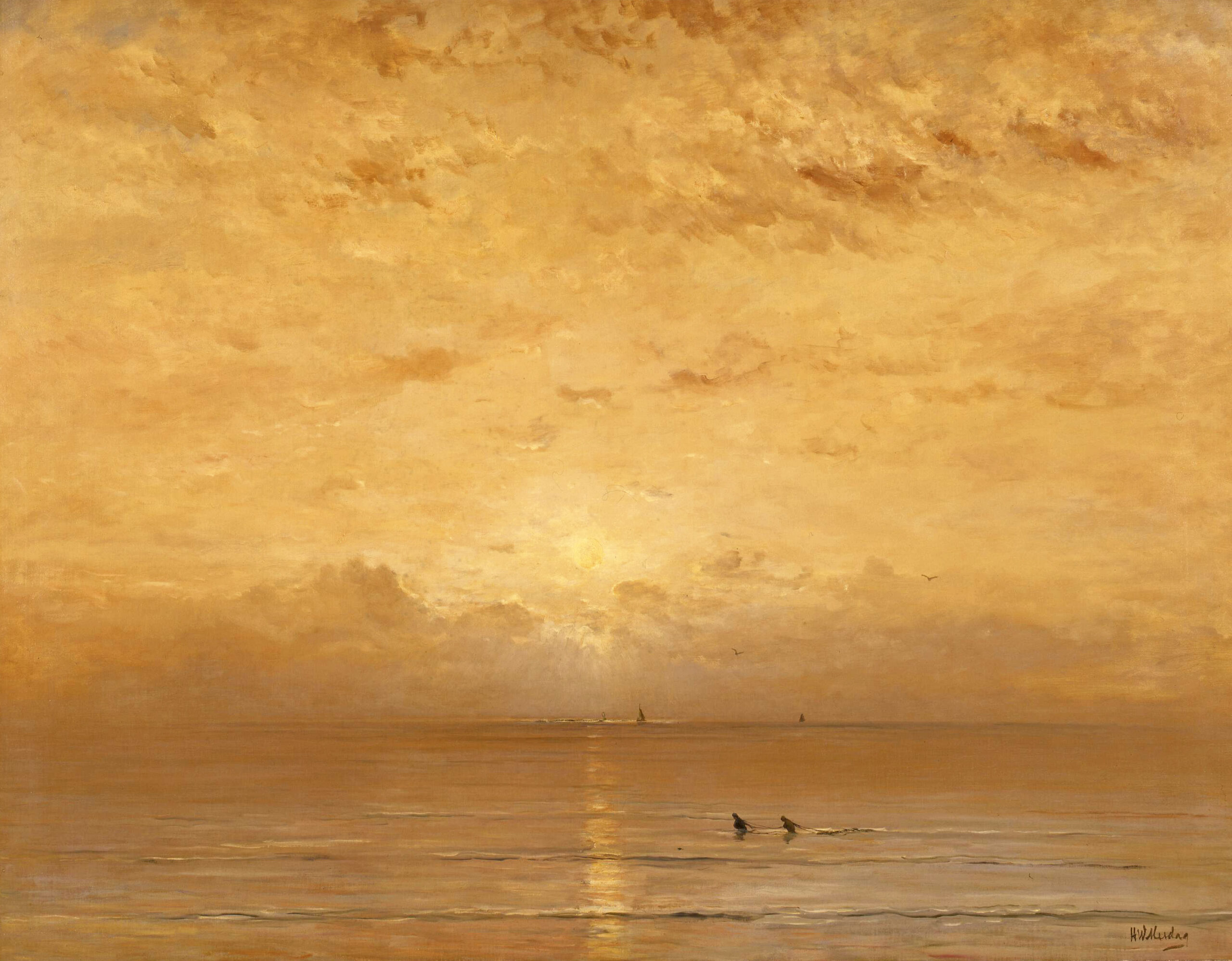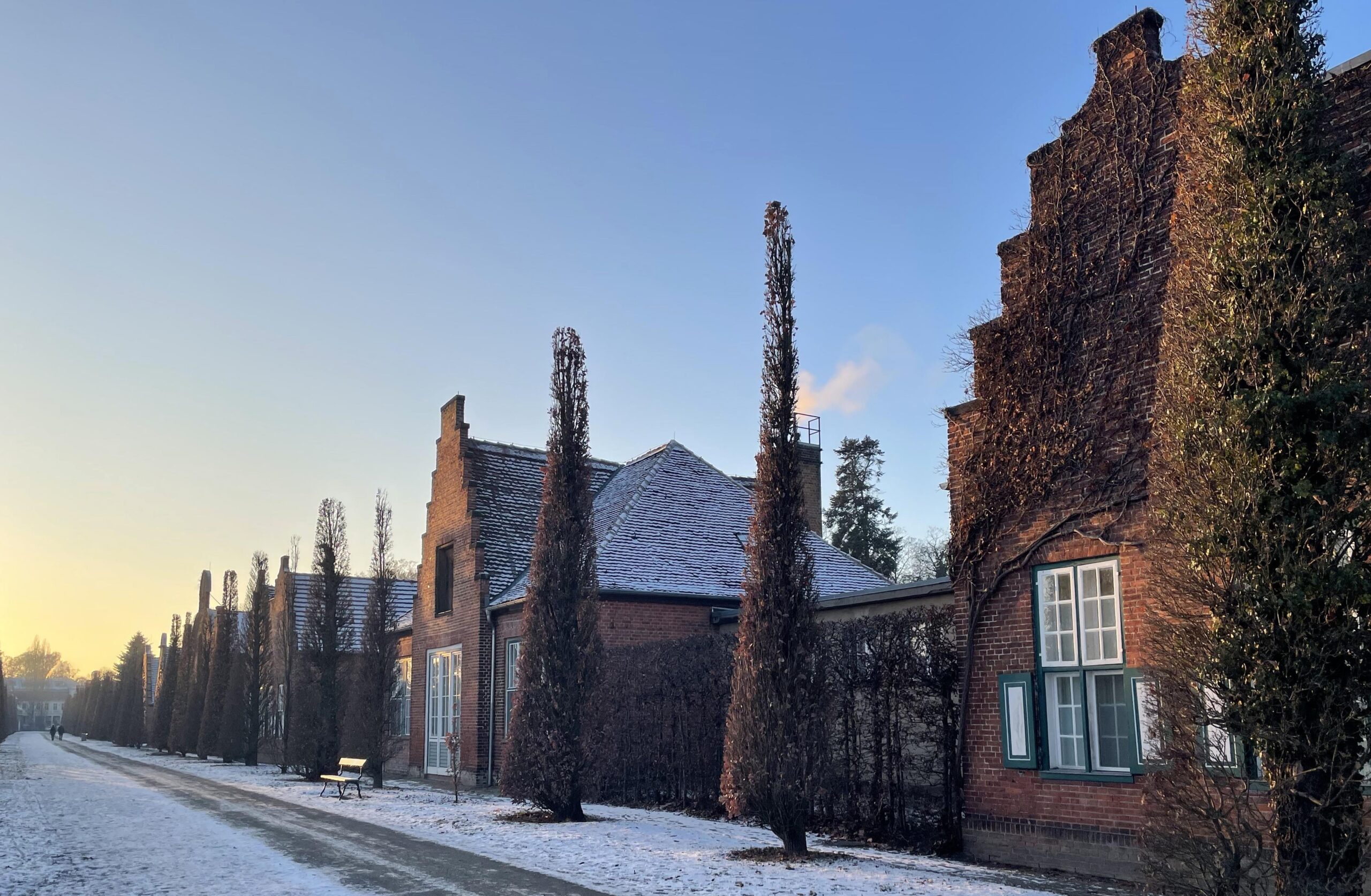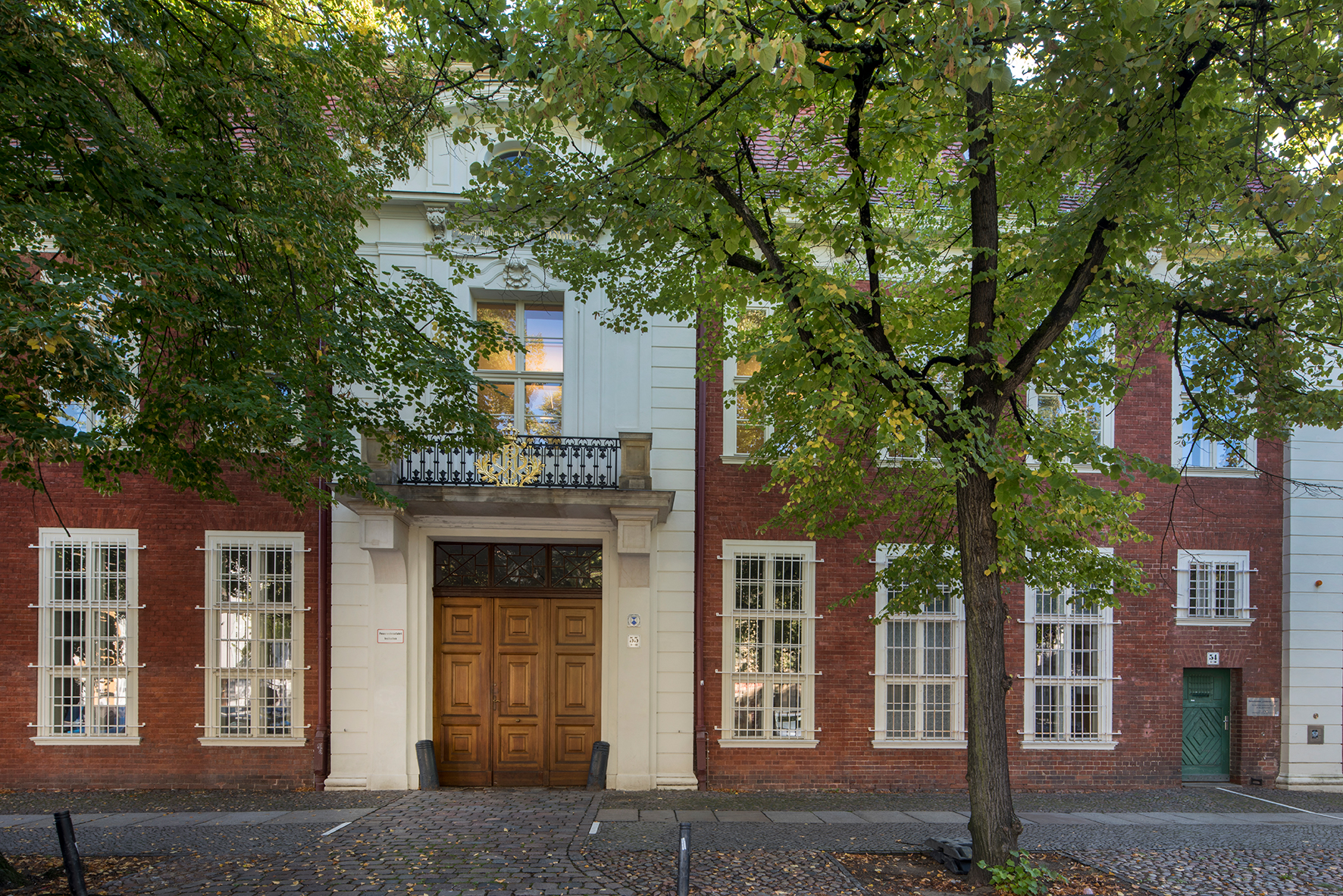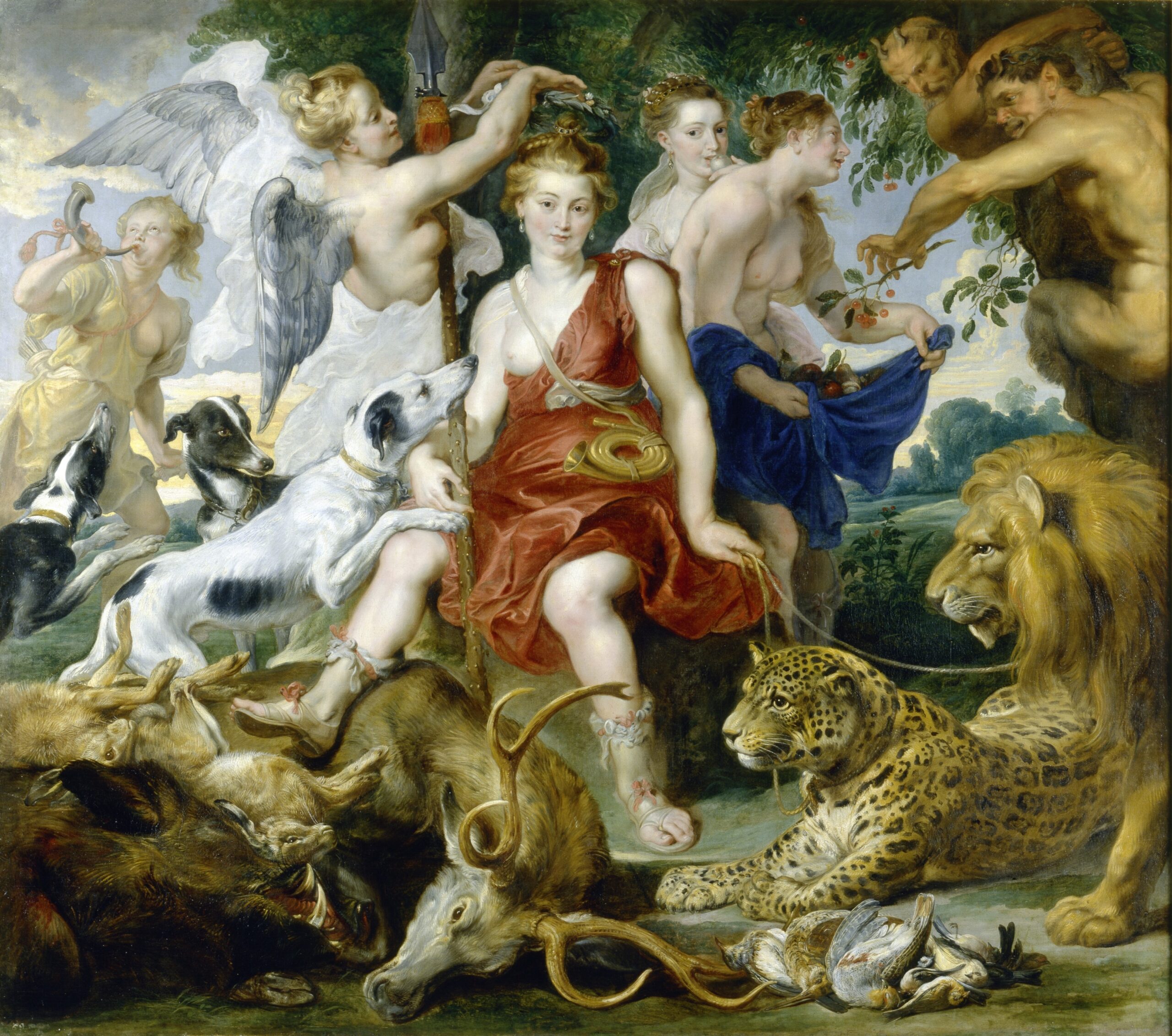
Paintings from the “Orange Heritage”
The Picture Gallery at Sanssouci houses a “Dutch treasure”, which today, only a few people know about. For example, among other things, it is possible to view here numerous paintings that once belonged to the stadtholder of the Republic of the United Netherlands – Frederick Henry of Orange-Nassau (1584-1647). But how did it happen that paintings from this prominent collection came to Berlin and are being shown in Potsdam today?
When the stadtholder of Orange died in 1647, his succession came through a male lineage. Since the marriage of his grandson William III (1650-1702) remained childless, the male line of Orange-Nassau died out in 1702. Frederick I, King in Prussia (1657-1713), now laid claim to this heritage, since he was the son of a princess of Orange and as such, the eldest surviving grandson of Frederick Henry. Before the backdrop of this hoped-for succession, the Prussian king occupied several places near the border to the Republic in 1702. But then he was forced to realize that William III had not named him as successor, but his cousin from the Frisian line of Nassau-Dietz. Long years of conflict with the line of Nassau-Dietz were to ensue. First, Frederick I received the provisional rights to use several Orange palaces. Even Huis ten Bosch, today’s seat of the Dutch Royal Family, became Prussian between 1703 and 1732, after an aunt of Frederick I had relinquished it to him.
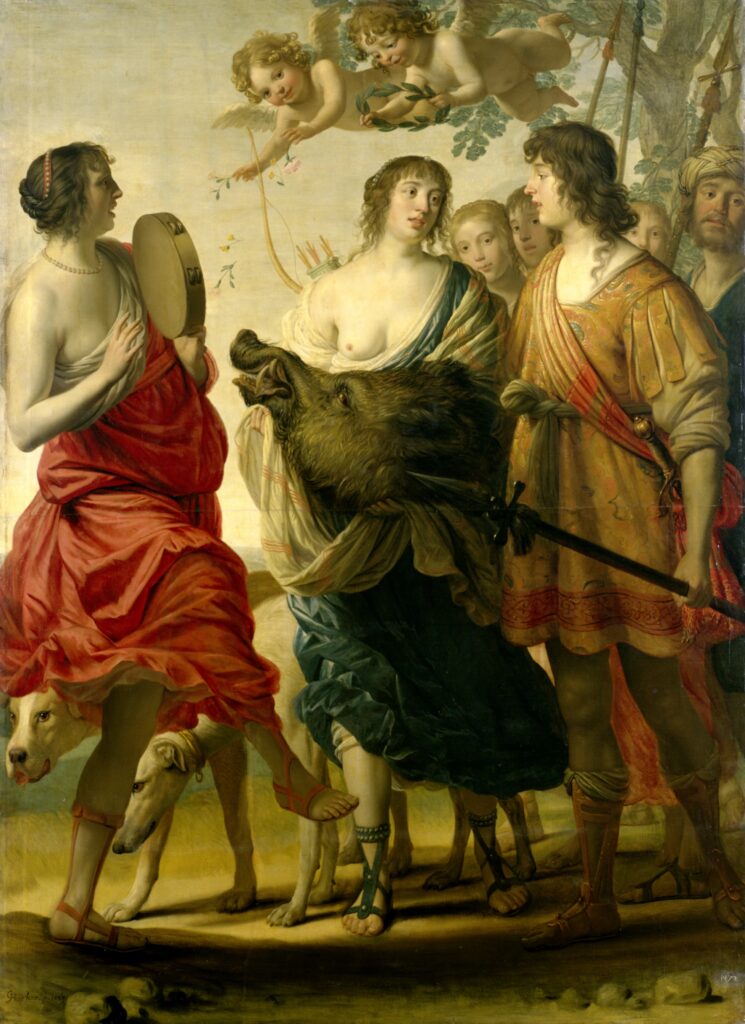
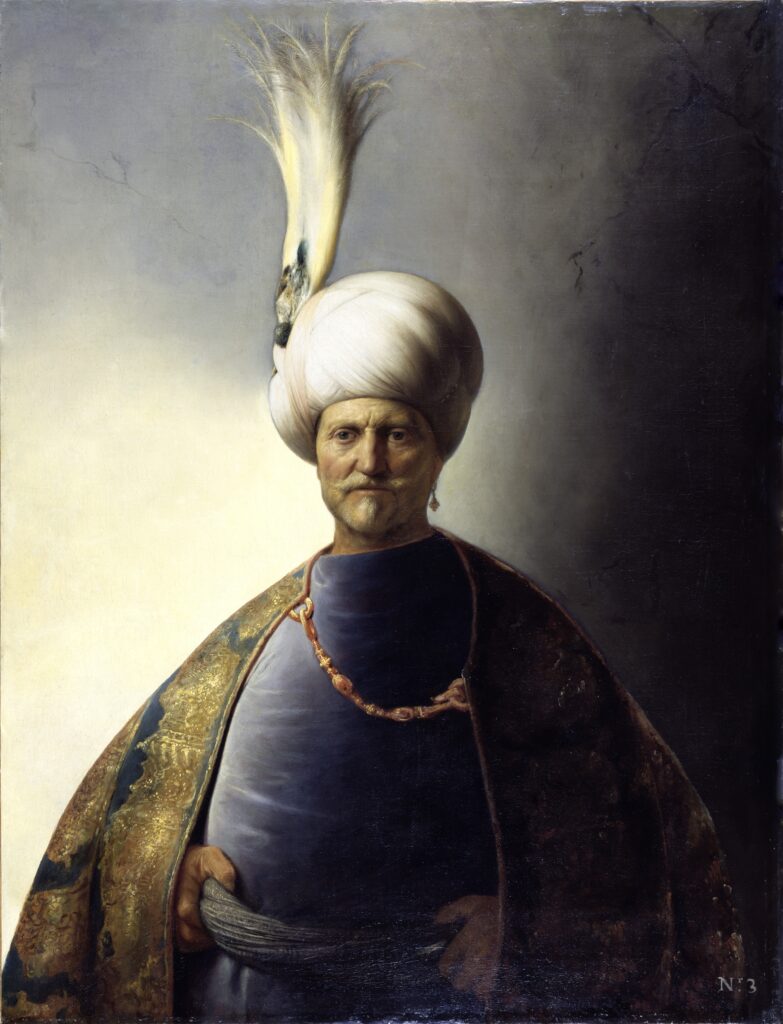
Only in 1732 was a contractual agreement reached. As a result, Prussia received, among other things Honselaersdijk Palace (no longer in existence today) and Noordeinde Palace (Oude Hof) in The Hague. Between 1706 and 1746, the Prussian kings moved over to Berlin or sold off works of art from here, including porcelain, furniture, gold- and silversmith works, as well as plants and birds from the parks. Among these works of art there were also nearly 70 paintings from the 17th-century Dutch and Flemish schools. Even the Soldier King Frederick William I (1688-1740) had early on brought 17 paintings to Berlin, and at the time he died, he had mostly likely been planning even more transports there. His son Frederick II (1712-1786) took up this idea and charged his architect Knobelsdorff with sorting through the paintings and then ordered 50 of them to be brought over beginning in 1742. A few years later, he instructed that the library of the Oude Hof, which comprised nearly 4,000 books, be sold. Finally, in 1754, the sale took place of the Orange palaces, which Frederick II relinquished for a lot of money to the stadtholder family of Nassau-Dietz. Since 1702, the palaces had only been used sporadically by the Prussian kings, but they had been costly in terms of the upkeep of the buildings and parks as well as for the staff.
Regarding the paintings that were brought to Berlin, several masterpieces by Peter Paul Rubens, Anthony van Dyck and Jan Lievens were prominently presented at Berlin Palace, among other places, in the picture gallery there and in the apartment of Frederick II. But many works were only hung in the palace towards the end of the 18th century. Since the end of the 19th, or the 20th century respectively, ten extraordinary paintings from the Orange collection have been housed in the Picture Gallery at Sanssouci. They supplement the hanging dating from Frederick II around 1763/64 and replace losses that the Picture Gallery has suffered since 1830 and 1945.
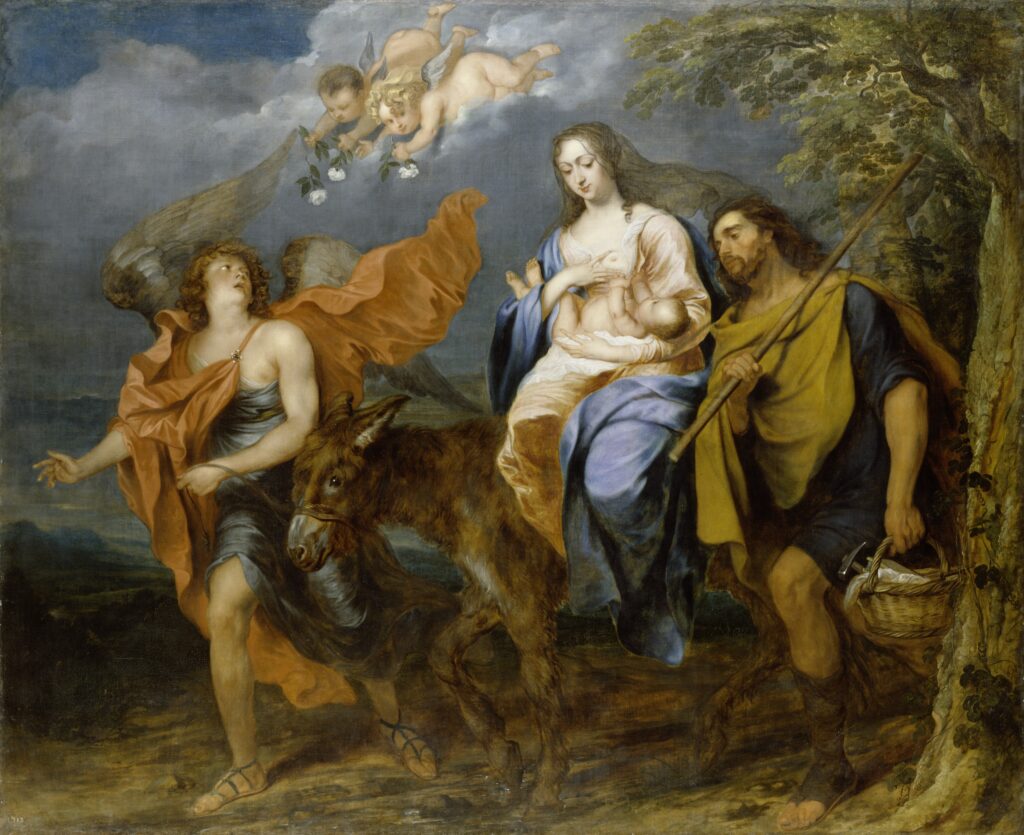
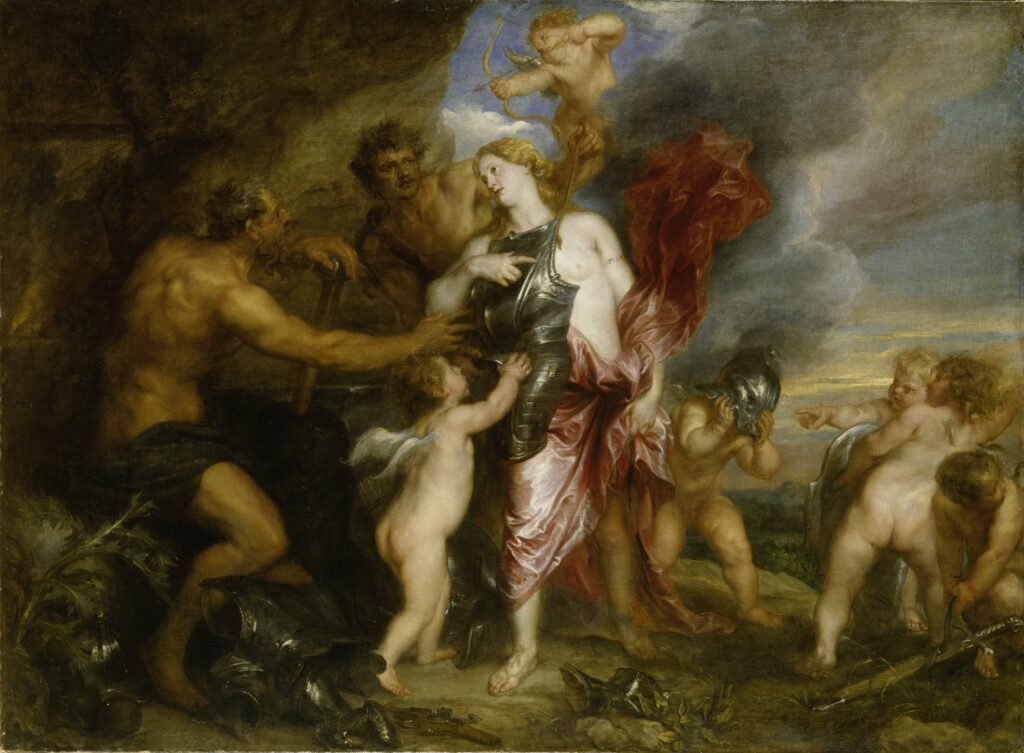
Several portrayals with the theme of the hunt stem from Honselaersdijk Palace, which had been used by the stadtholder as a hunting lodge. Falling into this category are the “Crowning of the Hunting Goddess Diana” by Peter Paul Rubens (and workshop), who executed the figures, and Frans Snyders, who took over the portrayal of the animals. In the dining room, this painting held a place of honor above the fireplace. Also pointing to this theme is the mythological hunt of “Meleager and Atalanta” by Gerrit van Honthorst. Three monumental historical scenes by Thomas Willeboirts Bosschaerts: “Jason and Medea”, “Dido and Aeneas” and “The Flight to Egypt” enable us to recognize the court of Orange’s predilection for this painter, who worked in the style of Van Dyck. A further highlight of the Orange legacy is the “Man in Oriental Costume”, painted by Jan Lievens in Leiden in 1629/31. First attributed to Anton van Dyck in the stadtholder’s collection, there is a monumental equestrian portrait of the Cardinal-Infante Ferdinand of Spain (1609-1641), which is considered today to be a copy after Rubens, as well as a portrait of the Infanta Isabella Clara Eugenia (1566-1633). Moreover, the Picture Gallery at Sanssouci also houses in the Orange painting complex paintings by Abraham Bloemaert and Frans Wouters. Additional paintings from the legacy are on display in Oranienburg Palace as well as in the Gemäldegalerie of the Berlin Museums, whereas others must now be regarded as war losses.
The SPSG also keeps several paintings from the collection of the stadtholder consort Amalia von Solms (1602-1675). Among these, in the Picture Gallery at Sanssouci is van Dyck’s “Thetis receiving the Weapons of Achilles from Hephaestus”. Through the sons of Electress Louise Henriette, they were handed down through the female line to Brandenburg-Prussia in the years from 1676 to 1681.
– Dr. Alexandra Nina Bauer, Stiftung Preußische Schlösser und Gärten Berlin-Brandenburg
Header Image: Peter Paul Rubens & Frans Snyders: Crowning of the Hunting Goddess Diana, before 1620, SPSG │ Photo: SPSG, Roland Handrick

